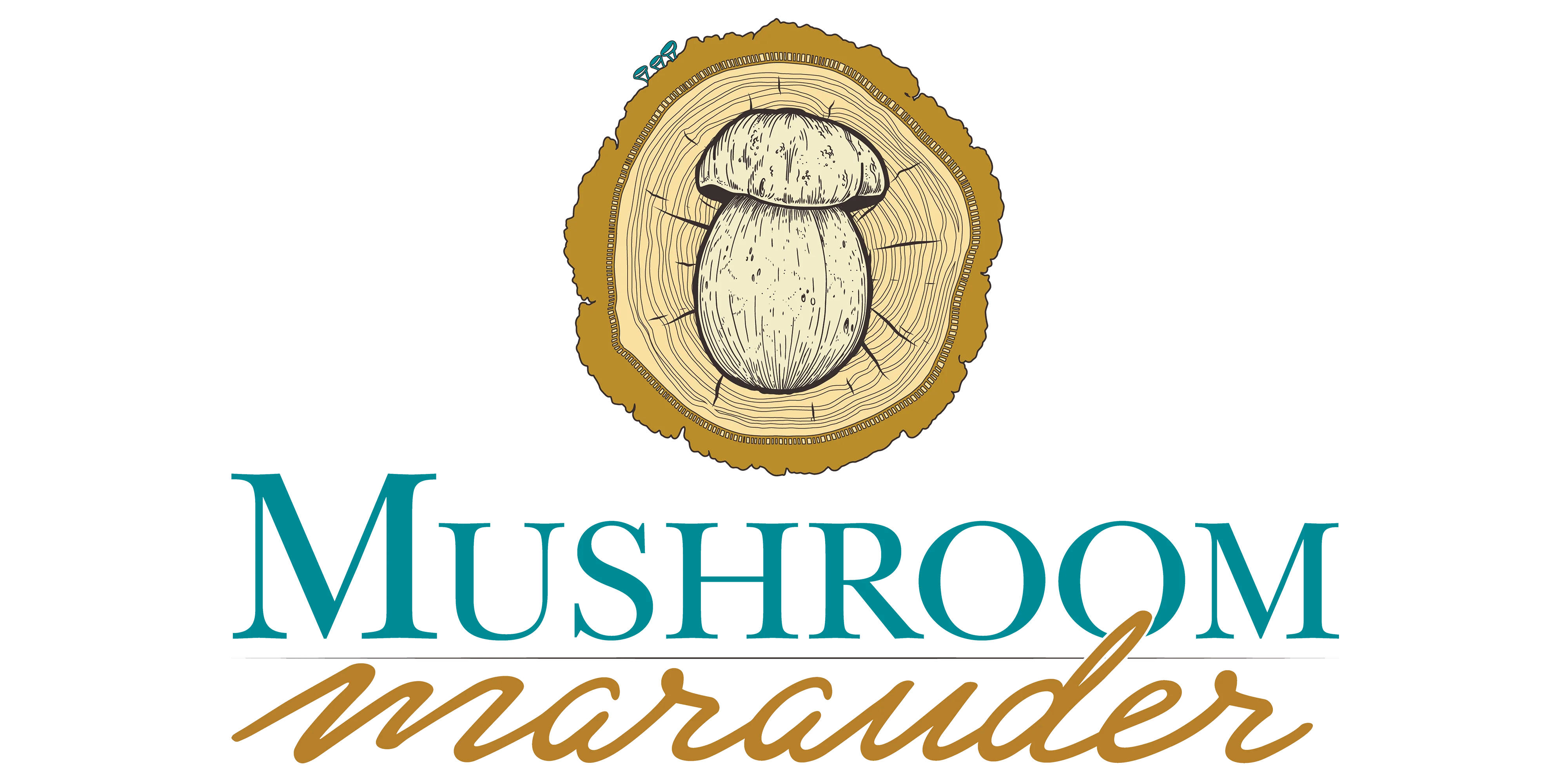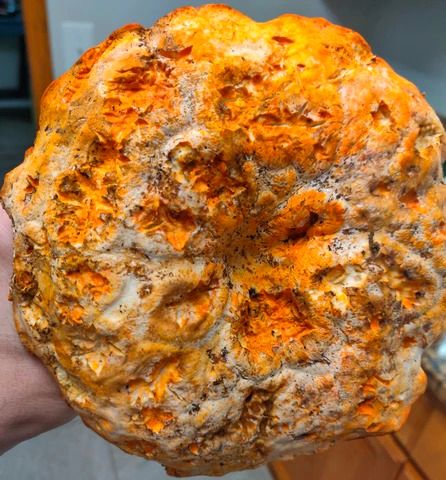Lobster Mushrooms
Lobster Mushrooms: A Bright, Bizarre, and Edible Forest Find
Lobster mushrooms are one of nature’s more unusual treats. Bright orange and often oddly shaped, these mushrooms aren't a species of their own. Instead, they're the result of a parasitic fungus — Hypomyces lactifluorum — infecting a white mushroom from the Russulaceae family, most commonly Russula brevipes. The parasite transforms the host completely, replacing gills with a bumpy orange surface and giving it a seafood-like flavor, hence the name.
While they’re considered a choice edible, not everyone reacts the same, so always try a small amount first. And remember — never rely on an app to identify wild mushrooms!
Identification Tips:
-
Color: Bright orange to deep red with age
-
Texture: Firm white flesh when fresh
-
Shape: Often lumpy or misshapen; may look like a funnel or even grow upside down
-
Stem: Usually short and thick, or sometimes barely visible
Uses:
-
Culinary: Best when young and light in color. Their dense texture makes them ideal for unique recipes like vegetarian crab cakes.
-
Natural Dye: The orange pigment in older mushrooms creates vibrant dyes, especially on wool or natural fabrics.
Where & When to Find Them:
They grow wild across North America, especially in conifer-rich forests during late summer to early fall. In areas like the Pacific Northwest, they may be hidden under moss and leaves, visible only by raised mounds ("shrumps") in the ground.
The Science Behind the Transformation:
Hypomyces lactifluorum infects its host underground, and the mushroom that emerges is a fusion of parasite and host. Despite some debate, DNA tests consistently confirm R. brevipes as the main host species. While others speculate that Lactarius species may also serve as hosts, evidence is limited.
Final Notes:
Lobster mushrooms can't be cultivated — every one you find or buy was foraged in the wild. Their unpredictable shapes, striking color, and culinary potential make them a favorite among mushroom hunters and chefs alike. Just be cautious, cook them thoroughly, and enjoy the hunt!


